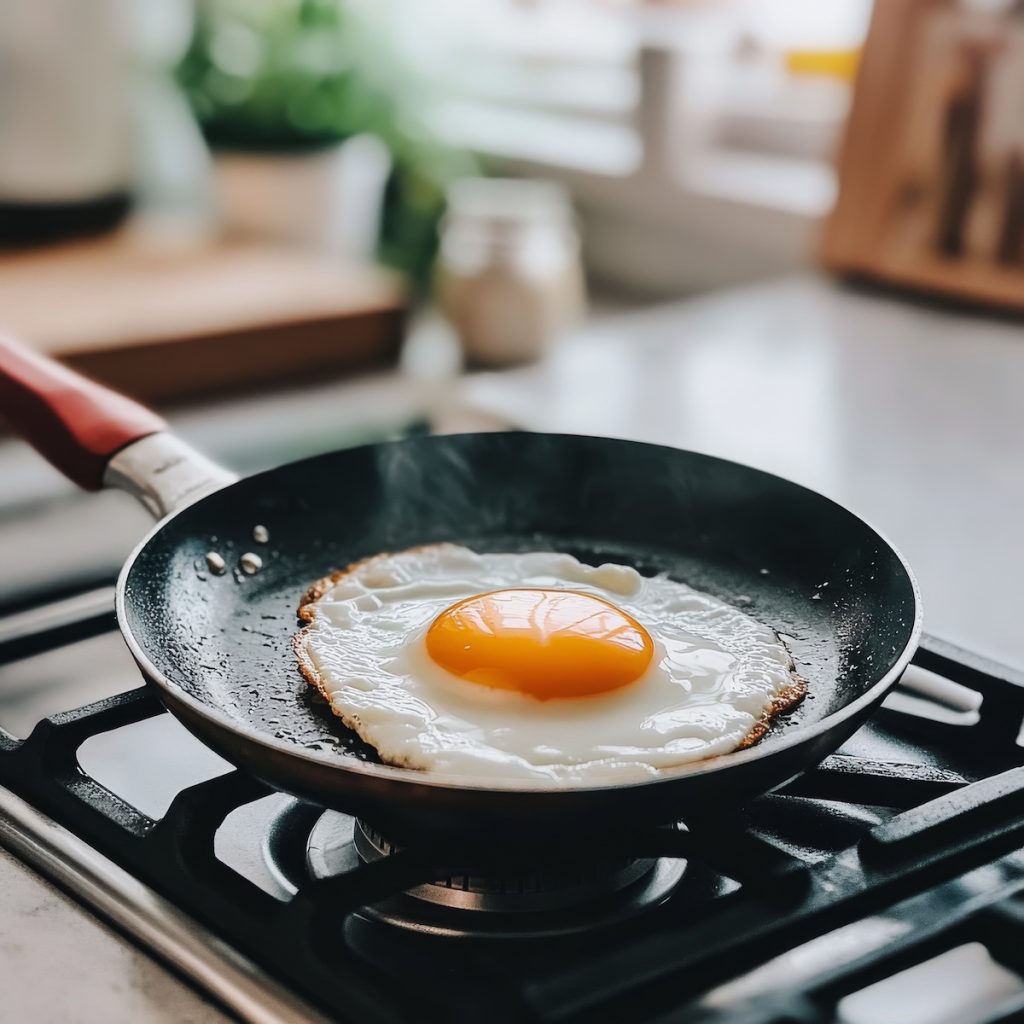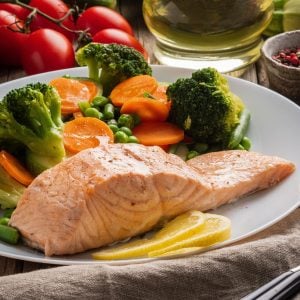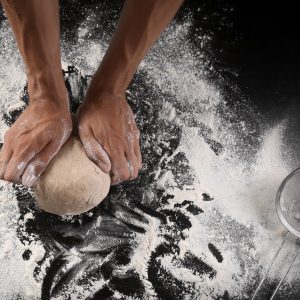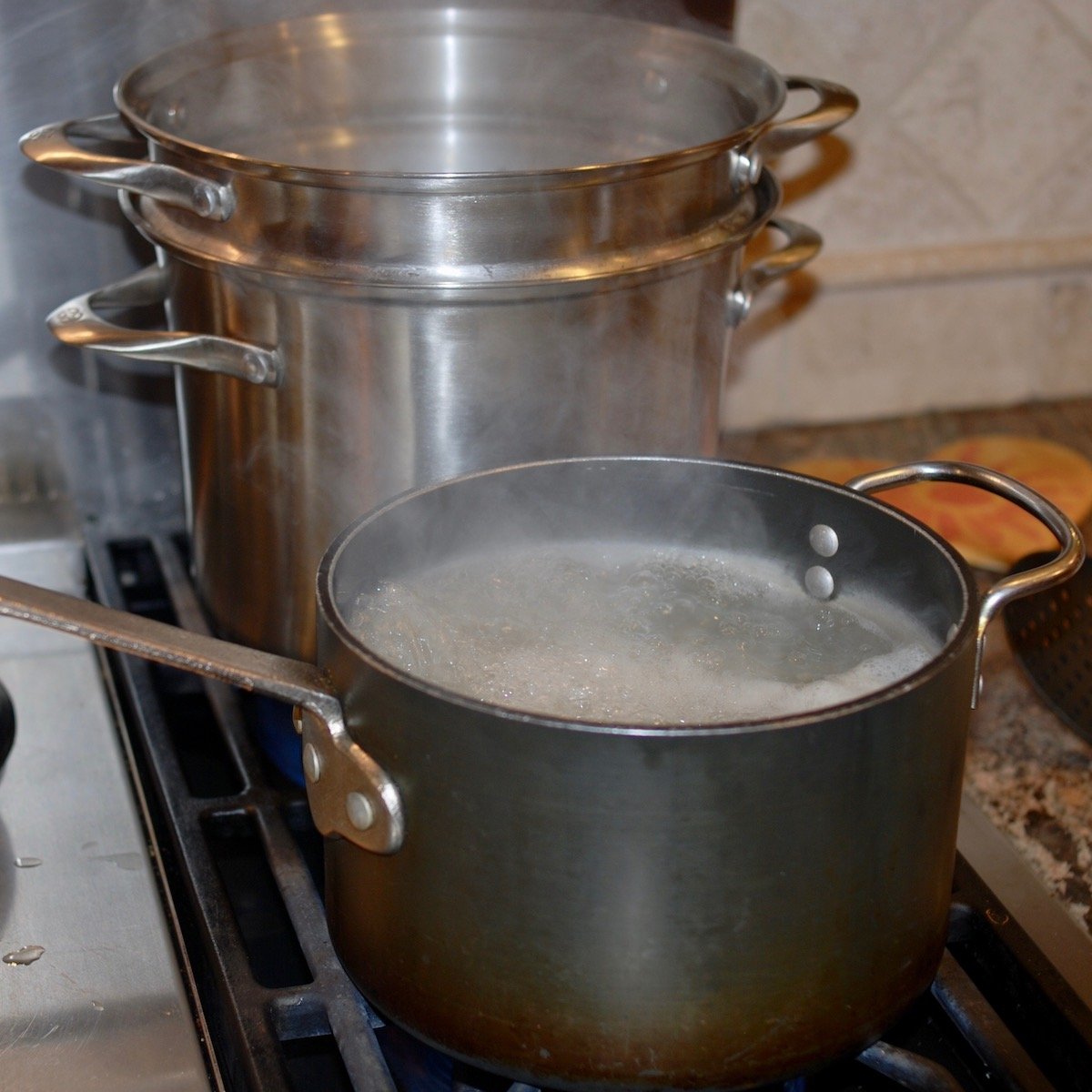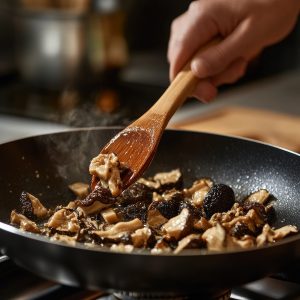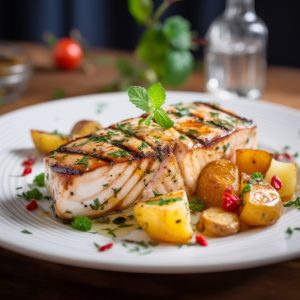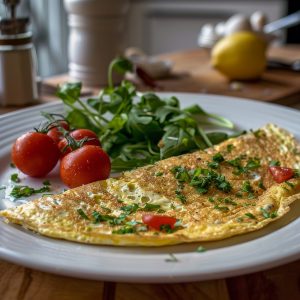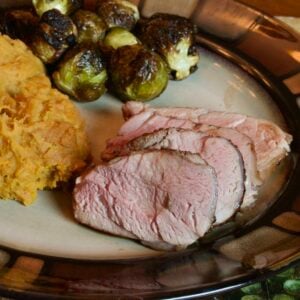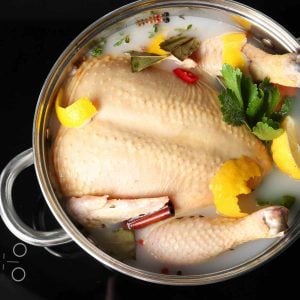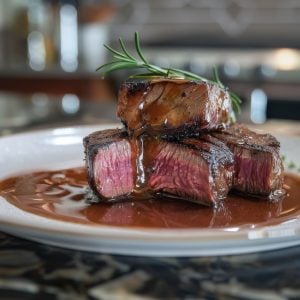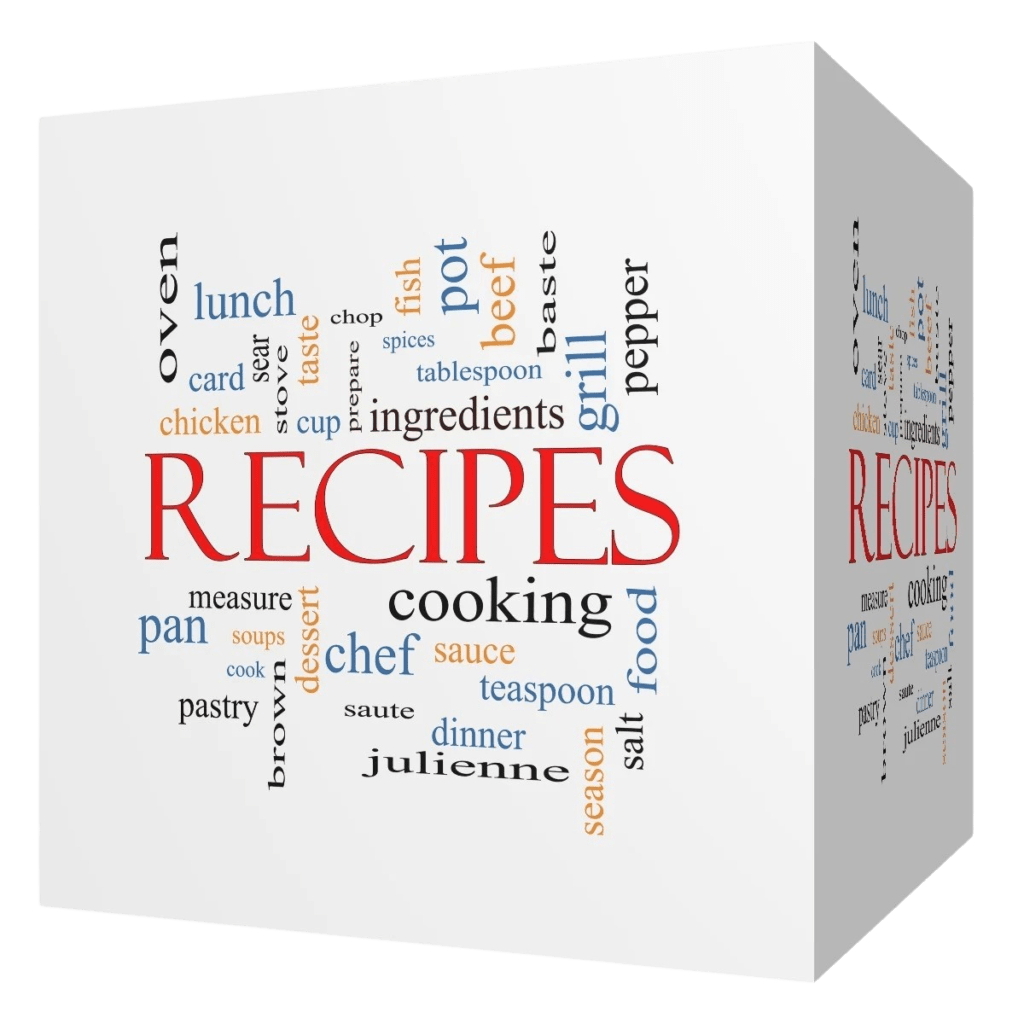How to Fry an Egg Perfectly Every Time
Crack, sizzle, pop — the humble egg hits the pan and suddenly, breakfast is in motion. But frying an egg isn’t just a basic kitchen task; it’s a culinary rite of passage. Whether you’re after a sunny-side-up masterpiece with golden edges or a perfectly flipped over-easy egg with a runny center, mastering this staple builds confidence and kicks open the door to a world of flavor.
In this post, I’ll walk you through exactly how to fry an egg — no fluff, no guesswork, just clear steps and hot tips to get it right every time. You’ll learn which pan to use, how to manage heat, what fats give you the best texture, and how to avoid sticking, breaking yolks, or rubbery whites.
So whether you’re a total beginner staring at your first frying pan or a seasoned home cook looking to sharpen your technique, this guide has you covered. Frying an egg may be simple, but doing it well? That’s a skill worth savoring. Let’s fire up the stove and transform an ordinary egg into something extraordinary.
Ways to Fry an Egg
Sunny Side Up
Cooked on one side only. Whites are set, yolk stays golden and runny. No flipping.
Goal: Whites set, yolk runny, top left untouched.
Steps:
Heat a nonstick pan over medium-low heat.
Add 1 tsp butter or oil.
Crack the egg into the pan gently.
Cook undisturbed for 2–3 minutes.
Whites should be fully set, yolk still jiggly.
Tip: Cover with a lid if you want the top lightly steamed but still sunny.
Over Easy
Flipped once. Whites are fully cooked, yolk is still runny.
Goal: Whites cooked, yolk runny.
Steps:
Follow sunny-side instructions.
After 2 minutes, slide a spatula under the egg and flip gently.
Cook 10–15 seconds more.
Remove quickly for runny yolk.
Over Medium
Flipped once. The yolk is partially set, with a slightly jammy center.
Goal: Jammy yolk, fully set whites.
Steps:
Same as over-easy, but after flipping, cook 30–45 seconds.
Press lightly with spatula — yolk should give slightly, not too firm.
Over Hard
Flipped once. Yolk is completely cooked through — no runny center.
Goal: Fully cooked yolk, no jiggle.
Steps:
Flip as above.
Cook 1–2 minutes after flipping.
Press gently to flatten yolk if needed.
Basted
Cooked like sunny-side up, but hot fat (or water with a lid) is spooned or steamed over the top to gently set the whites without flipping.
Goal: No flipping, whites fully cooked, yolk soft.
Steps:
Fry sunny-side up.
Spoon hot butter/oil from the pan over the top of the egg as it cooks.
Or, add a teaspoon of water, cover with a lid to steam for 1–2 minutes.
Steam Fried (Lidded or Cloudy)
The egg is cooked, covered with a splash of water added to the pan. The steam cooks the top, making a soft, cloud-like texture.
Goal: Soft tops, cooked whites, tender yolk.
Steps:
Heat pan with oil or butter over medium.
Crack egg in and cook 1 minute.
Add a splash of water (1–2 tsp) and cover immediately.
Steam 1–2 minutes, then uncover and serve.
Crispy or Lacy-Edged
Fried in hot oil or butter so the edges become golden, crunchy, and delicate. Can be sunny-side or flipped.
Goal: Crunchy brown edges, soft or firm yolk.
Steps:
Heat 1–2 Tbsp oil until shimmering (medium-high).
Crack in egg — it should sizzle.
Cook 1–2 minutes for sunny-side, or flip for over-easy/hard.
Remove when edges are golden and lacy.
Spanish Style (Con Puntilla)
Fried in a generous amount of very hot olive oil so the edges frill dramatically — almost deep-fried.
Goal: Puffy whites, crispy lace, rich olive oil flavor.
Steps:
Heat ¼ cup olive oil in a small pan until very hot (but not smoking).
Crack egg into a bowl first, then slide into oil.
Spoon hot oil over whites as they puff.
Fry 30–60 seconds, serve with slotted spatula.
Optional: Let yolk bubble or serve it runny.
French-Style (Œuf au Plat)
Gently cooked in butter over low heat for soft whites and delicate texture, usually without flipping.
Goal: Delicate, silky whites; tender yolk.
Steps:
Use medium-low heat.
Melt 1–2 tsp butter gently.
Crack egg in and cook slowly for 3–4 minutes.
Tilt pan occasionally to baste with butter.
No browning — just a soft, tender finish.
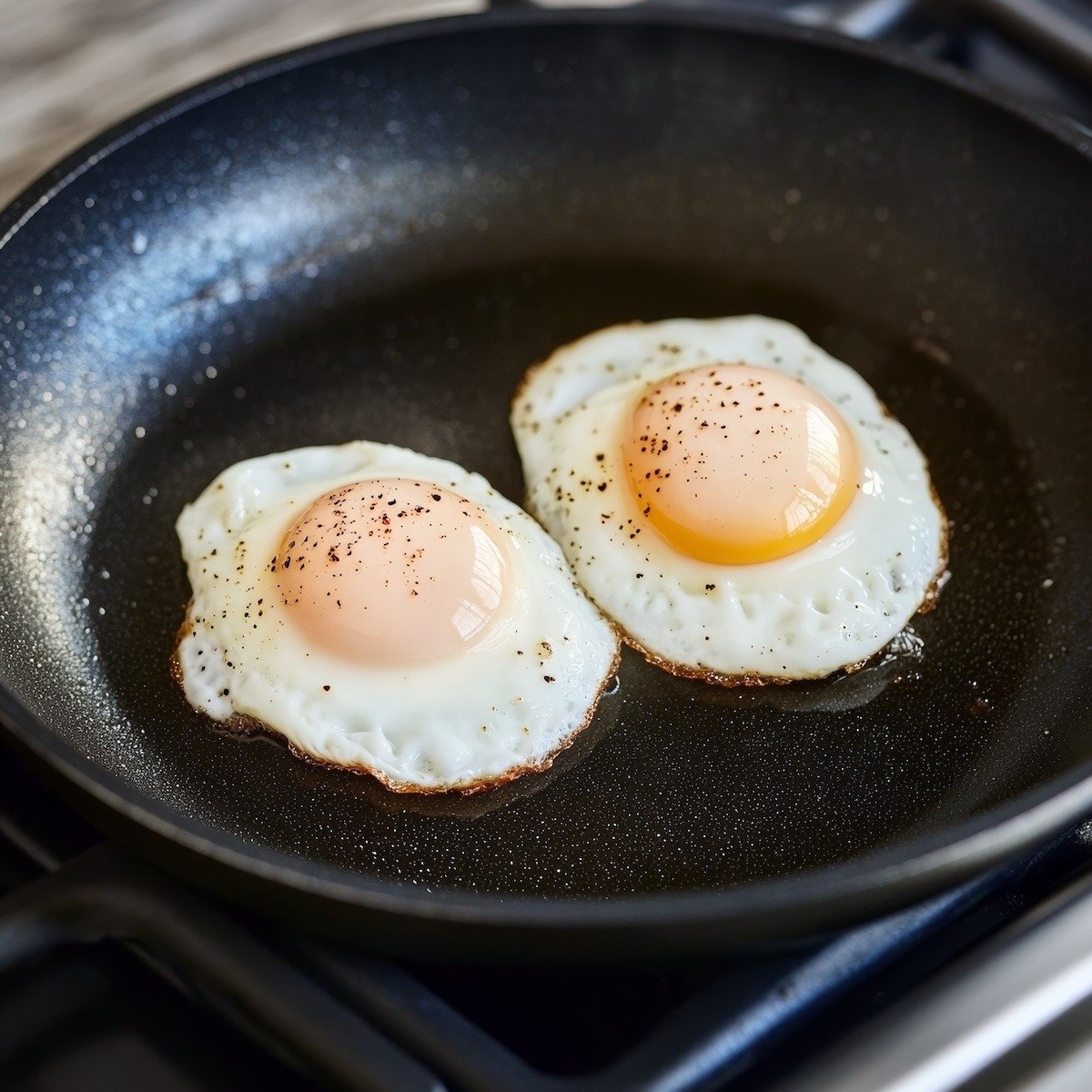
Fried Egg FAQ
How do you fry an egg without it sticking?
Use a nonstick or well-seasoned cast iron pan, and preheat it with oil or butter before adding the egg.
What’s the difference between sunny-side up and over-easy eggs?
Sunny-side up eggs aren’t flipped; over-easy eggs are flipped and lightly cooked on both sides with a runny yolk.
What type of pan is best for frying eggs?
A nonstick skillet is ideal for frying eggs because it prevents sticking and makes flipping easier. A well-seasoned cast iron skillet also works great for flavor and heat retention. Stainless steel pans can be used, but require more technique to avoid sticking.
How long should you fry an egg?
2 to 3 minutes for sunny-side up, up to 5 minutes for over-hard depending on desired doneness.
What kind of oil is best for frying eggs?
Butter for flavor, olive oil for richness, or neutral oils like canola or avocado for crispy edges.
Can you fry an egg without flipping it?
Yes! Sunny-side up and basted eggs are fried on one side only.
What temperature should you fry eggs at?
Medium to medium-low heat works best to cook the whites without overcooking the yolk.
How do you make eggs with crispy edges?
Use a generous amount of hot oil and fry the egg quickly over medium-high heat.
What fat gives the best texture for fried eggs?
Butter gives rich flavor and soft edges, olive oil creates a crisp, golden bottom, and ghee or bacon fat adds a savory finish. For super crispy edges, use a generous amount of hot oil.
How do you keep eggs from sticking to the pan?
Use a nonstick or well-seasoned cast iron skillet. Preheat the pan and fat before adding the egg, and don’t move it until the whites begin to set.
How do you keep the yolk from breaking when frying an egg?
Crack the egg into a small bowl first, then gently slide it into the pan. Avoid flipping too early or with too much force.
Why do my egg whites turn rubbery?
Rubbery whites usually mean the pan was too hot or the egg was overcooked. Fry eggs on medium or medium-low heat for tender, set whites.
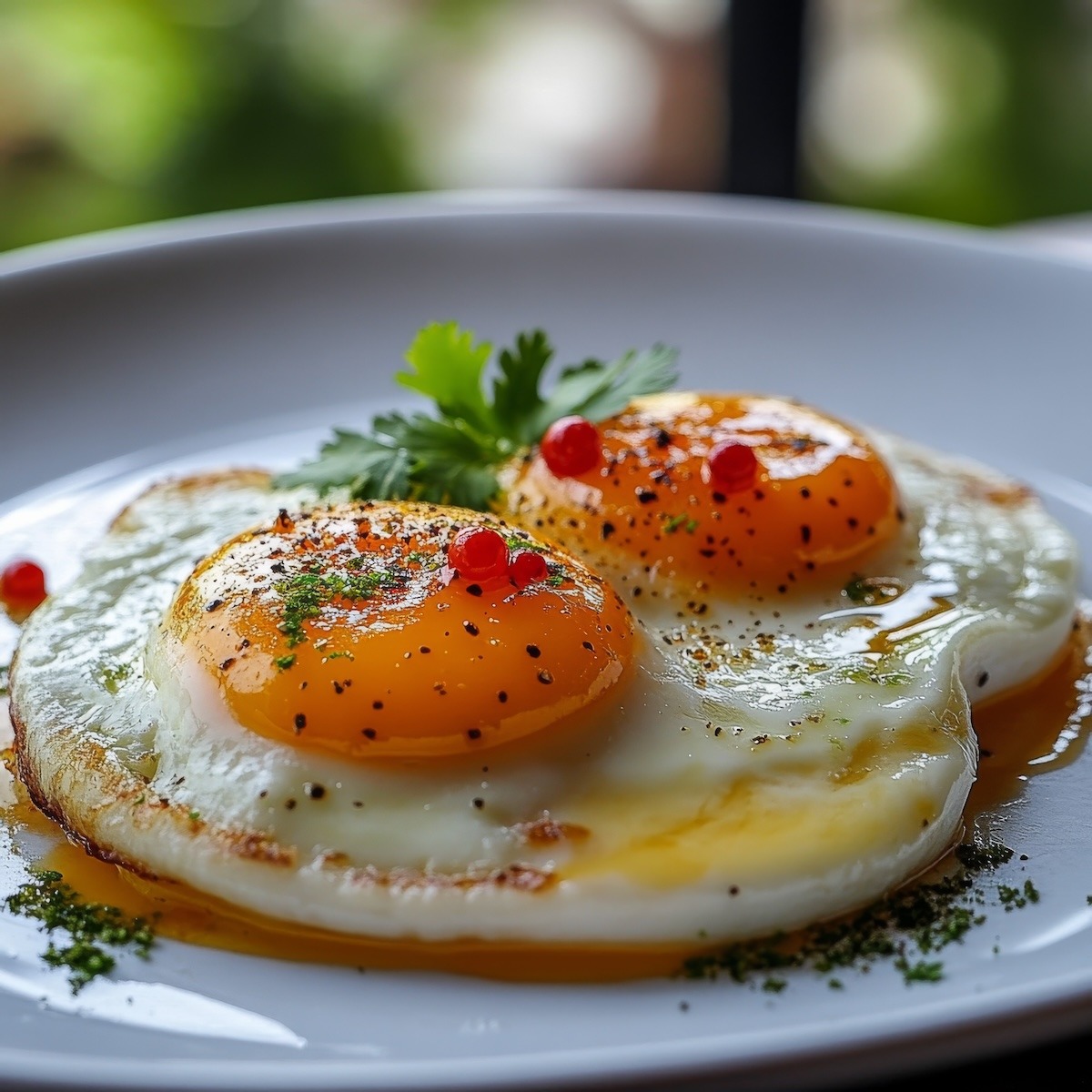
Other Ways to Cook Eggs
Boiled
Soft-Boiled: Yolks are runny, whites are just set (about 6 minutes).
Hard-Boiled: Yolks are fully cooked through (9–12 minutes).
Poached
Eggs are gently cooked in simmering water, no shell. Whites are tender, yolks runny. Classic in eggs Benedict.
Scrambled
Beaten eggs are stirred while cooking for soft, fluffy curds. It can be creamy or firm depending on the technique.
Omelet / Omelette
Beaten eggs cooked in a flat round, often filled with cheese, herbs, or vegetables, then folded.
Baked (Shirred Eggs)
Eggs cracked into a ramekin and baked in the oven, often with cream or cheese.
Steamed
Common in Asian cuisine (e.g., Chinese steamed egg), it creates a silky custard texture.
Coddled
Eggs gently cooked in a coddling cup, partially submerged in hot water — similar to poaching but richer.
Deviled Eggs
Hard-boiled eggs halved, yolks mixed with mustard/mayo, and piped back in. Served cold.
Sous Vide
Eggs cooked in precise water temperatures. Can achieve custardy, jammy, or runny yolks with exact control.
Microwaved
Quick method for scrambled, poached, or “mug eggs.” Not always ideal for texture, but fast.

